Which of the following organs filters excess solutes from the blood?
Stomach
Spleen
Kidney
Gallbladder
Correct Answer : C
The organ that filters excess solutes from the blood is the kidney ¹. The kidneys are a pair of bean-shaped organs located on either side of the spine, just below the rib cage ². They are responsible for filtering waste products and excess fluid from the blood and excreting them in the form of urine ².
The other options are not correct because they do not accurately describe the organ that filters excess solutes from the blood. The stomach, spleen, and gallbladder do not filter excess solutes from the blood.
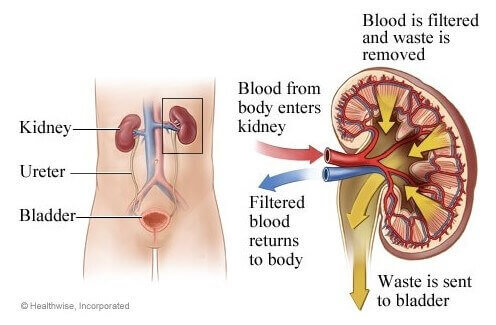
TEAS 7 Exam Quiz Bank
HESI A2 Exam Quiz Bank
Find More Questions 📚
Teas 7 Questions: We got the latest updated TEAS 7 questions
100% Money Refund: 100% money back guarantee if you take our full
assessment pass with 80% and fail the actual exam.
Live Tutoring: Fully customized live tutoring lessons.
Guaranteed A Grade: All students who use our services pass with 90%
guarantee.
Related Questions
Correct Answer is B
Explanation
The structure that is present in both prokaryotic and eukaryotic cells is the cell membrane ². The cell membrane is a thin layer that surrounds the cell and separates its internal environment from the external environment ². It is composed of a lipid bilayer and proteins and regulates the movement of substances into and out of the cell ².
The other options are not correct because they are not present in both prokaryotic and eukaryotic cells. The endoplasmic reticulum, chloroplast, and Golgi apparatus are organelles that are only found in eukaryotic cells ².
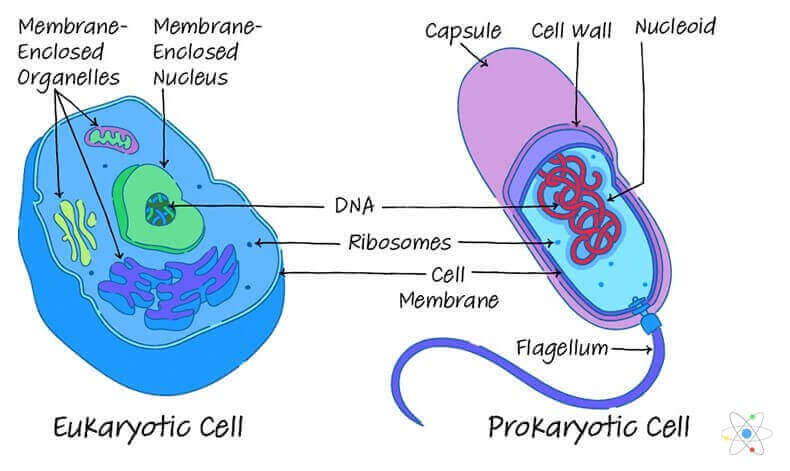
Correct Answer is A
Explanation
A genetic mutation that results in uncontrolled division of a single cell within the body describes cancer ¹. Cancer is a disease of uncontrolled cell division ¹. Its development and progression are usually linked to a series of changes in the activity of cell cycle regulators ¹. In most cases, these changes in activity are due to mutations in the genes that encode cell cycle regulator proteins ¹.
The other options are not correct because they do not accurately describe a genetic mutation that results in uncontrolled division of a single cell within the body. Gene therapy, stem cells, and translation are not processes that result in uncontrolled cell division.
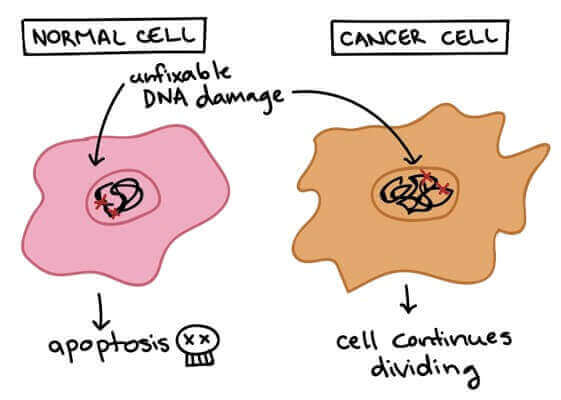
Correct Answer is D
Explanation
The apocrine gland is a component of the integumentary system that secretes pheromones. Pheromones are chemical signals that are released by an individual and can affect the behavior or physiology of other individuals of the same species.
The other options are not components of the integumentary system that secrete pheromones. The fossa ovalis is a depression in the interatrial septum of the heart, the seminiferous tubule is a structure in the testes where sperm are produced, and the dermal papilla is a structure at the base of a hair follicle that provides nutrients to the hair.
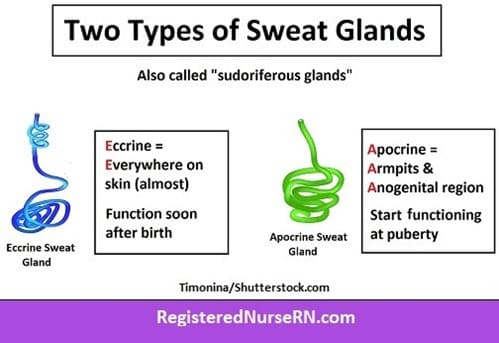
Correct Answer is A
Explanation
The correct answer is a. Nuclei. Genetic information describing the characteristics of an organism is found in the nuclei of its cells. The nucleus contains the organism's DNA, which carries the genetic information that determines its traits.
b. Membranes are structures that surround and enclose cells and organelles, but they do not contain genetic information.
c. Cilia are hair-like structures that protrude from the surface of some cells and are involved in movement, but they do not contain genetic information.
d. Ribosomes are organelles that are involved in protein synthesis, but they do not contain genetic information.
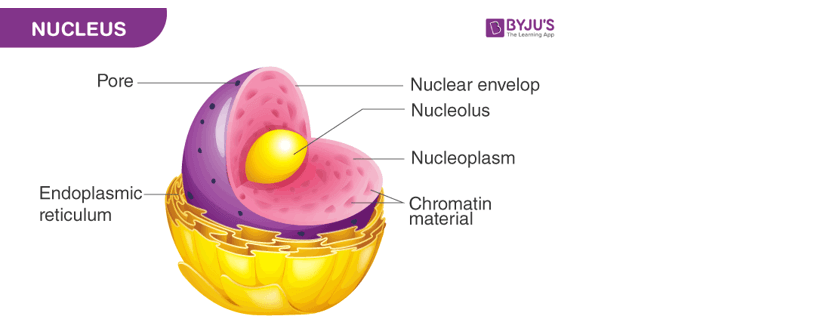
Correct Answer is C
Explanation
Ovulation is the process in which an ovarian follicle matures and releases a reproductive egg. During ovulation, the egg is released from the ovary and travels down the fallopian tube where it may be fertilized by sperm.
The other options are not processes in which an ovarian follicle matures and releases a reproductive egg. Oogenesis is the process of egg cell formation, menstruation is the shedding of the uterine lining, and fertilization is the fusion of an egg and sperm to form a zygote.
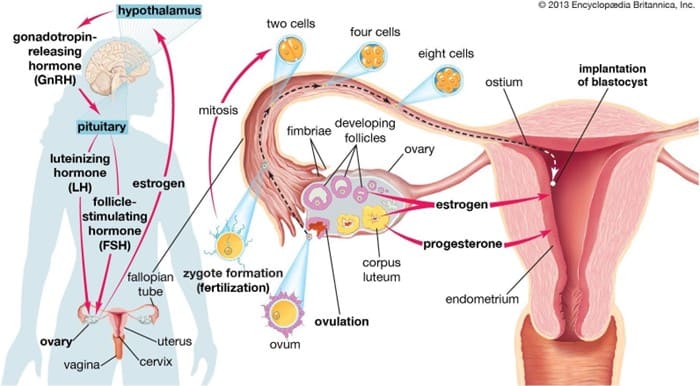
Correct Answer is C
Explanation
The correct answer is c. Data are biased by the methodology. The researcher's data should be rejected because they are biased by the methodology used to gather them. By only using a small net, the researcher excluded all large birds from the study. This means that the data do not accurately represent the average wing strength of all birds found in the American Northwest.
A. The data contradicting the control group is not a reason to reject the data in this case.
B. The data being different than expected is not a reason to reject the data in this case.
D. The data not being able to be displayed graphically is not a reason to reject the data in this case.
Correct Answer is C
Explanation
The organ that filters excess solutes from the blood is the kidney ¹. The kidneys are a pair of bean-shaped organs located on either side of the spine, just below the rib cage ². They are responsible for filtering waste products and excess fluid from the blood and excreting them in the form of urine ².
The other options are not correct because they do not accurately describe the organ that filters excess solutes from the blood. The stomach, spleen, and gallbladder do not filter excess solutes from the blood.

Correct Answer is B
Explanation
The layer of skin that lacks blood vessels is the epidermis. The epidermis is the thin outer layer of the skin and does not have any blood vessels within it. It is composed of keratinized, stratified squamous epithelium and is made of four or five layers of epithelial cells, depending on its location in the body.
The other options are not correct because they do contain blood vessels. The papillary layer is part of the dermis, which contains blood vessels. The reticular layer is also part of the dermis and contains blood vessels . The hypodermis is a layer below the dermis and also contains blood vessels.
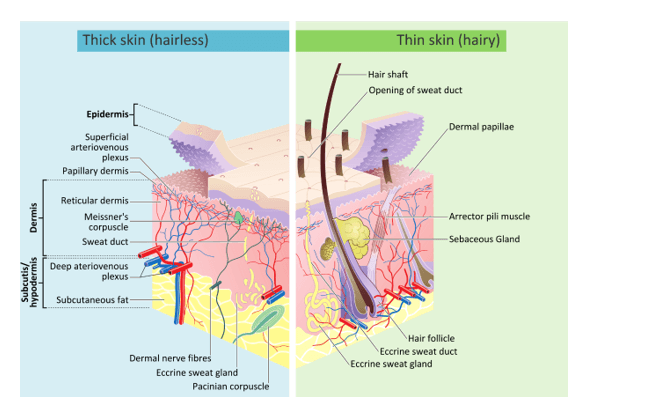
Correct Answer is D
Explanation
The correct answer is d. Carbonic acid. When blood pH rises, carbonic acid can donate H+ ions to act as a buffer and help maintain the pH within a normal range. Carbonic acid is formed when carbon dioxide dissolves in water and reacts with it.
A. Oxygen is not responsible for donating H+ ions to act as a buffer when blood pH rises.
B. Carbon monoxide is a toxic gas that does not play a role in buffering blood pH.
C. Carbon dioxide can dissolve in water to form carbonic acid, which can then donate H+ ions to act as a buffer.

Correct Answer is A
Explanation
The myelin sheath is a protective membrane that wraps around parts of certain nerve cells.
Its fatty-protein coating provides protective insulation for your nerve cell like the plastic insulation covering that encases the wires of an electrical cord ².
This allows the electrical impulses to travel quickly and efficiently between one nerve cell and the next. The other options are incorrect because they do not describe the functions of the myelin sheath.
Regeneration, sensory perception, and nutrition are not functions performed by the myelin sheath for a nerve cell.

This question was extracted from the actual TEAS Exam. Ace your TEAS exam with the actual TEAS 7 questions, Start your journey with us today
Visit Naxlex, the Most Trusted TEAS TEST Platform With Guaranteed Pass of 90%.
Money back guarantee if you use our service and fail the actual exam. Option of personalised live tutor on your area of weakness.
